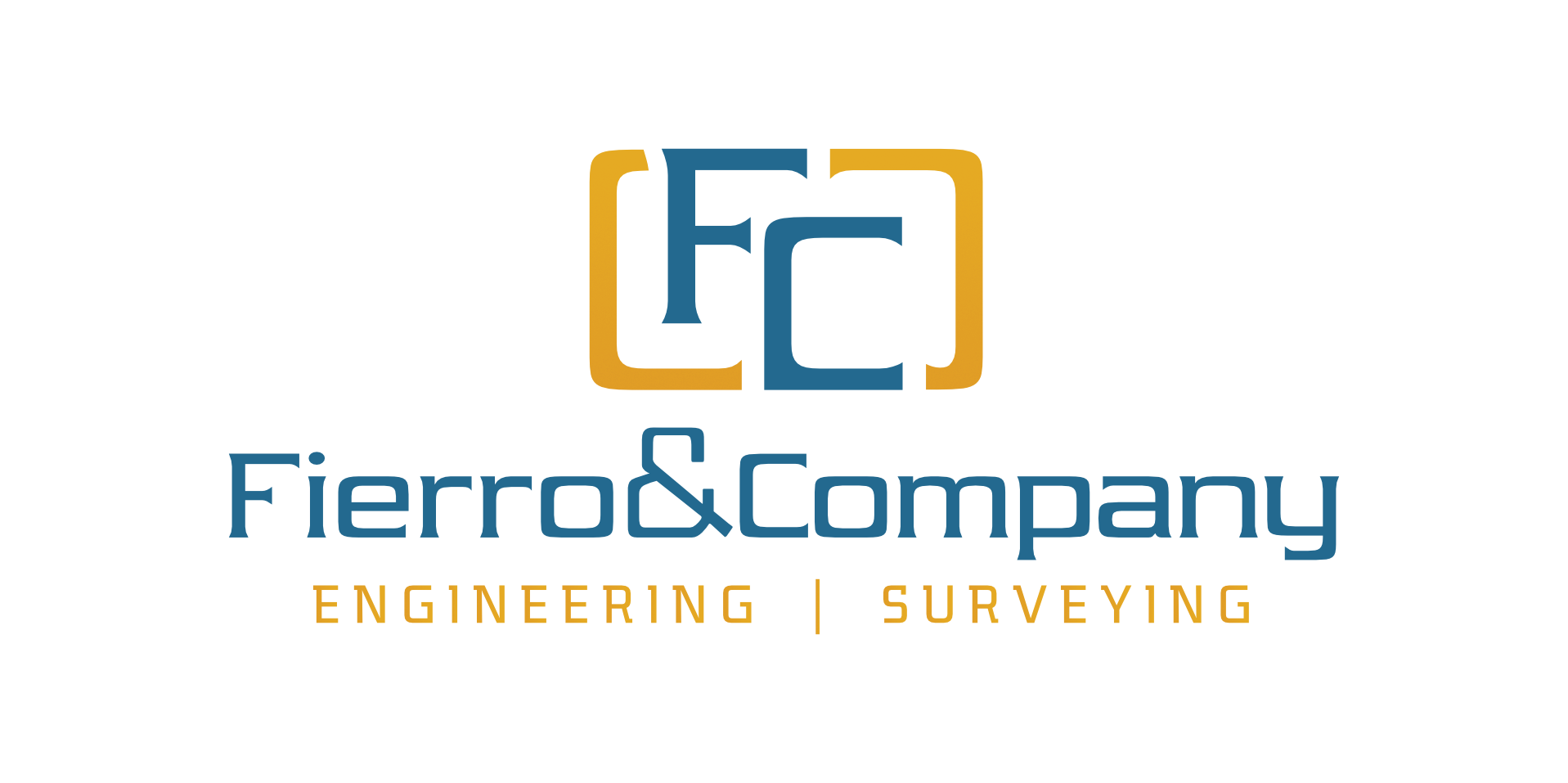Civil Site Development
Building your vision with
precision and innovation
Navigating County Development Review Authority (CDRA) Subdivision
Ensuring Smooth Development Hearing Office (DHO) Submittals
Frequently Asked Questions
What is a CDRA Subdivision?
A County Development Review Authority (CDRA) Subdivision involves land division within county jurisdiction, requiring review to ensure compliance with zoning, infrastructure, and environmental regulations.
Why is CDRA approval necessary?
CDRA ensures that new developments align with county planning guidelines, addressing factors such as road access, drainage, and utility services.
How long does the CDRA approval process take?
Timelines vary depending on project scope, but typically, the process includes multiple review phases that can take several months to complete.
What is a Development Hearing Office (DHO) Submittal?
A DHO submittal is required for projects that involve zoning adjustments, variances, or other regulatory considerations requiring a formal review by the Development Hearing Office.
When is a DHO submittal required?
If your project seeks modifications to zoning requirements, density regulations, or land-use approvals, you may need to go through the DHO process.
What should be included in a DHO submittal?
Submissions typically require site plans, impact assessments, engineering reports, and other supporting documentation.
What is a Claim of Exemption Plat?
This applies when landowners seek to divide or adjust property lines without going through the full subdivision process, provided they meet specific exemption criteria.
Who qualifies for a Claim of Exemption?
Qualifications depend on local regulations but may include family conveyances, boundary adjustments, or divisions of land for agricultural use.
How does the approval process work?
Applicants must submit a detailed plat along with justification for the exemption, subject to review by county or municipal authorities.
What is a Summary Review Plat?
A Summary Review Plat is a streamlined process for minor land divisions that meet specific criteria, reducing the complexity of standard subdivision approvals.
When should I consider a Summary Review Plat?
If your project involves a small-scale subdivision with minimal impact on infrastructure and surrounding properties, this expedited process may be an option.
What are the benefits of a Summary Review Plat?
It typically involves fewer regulatory steps, lower costs, and a faster approval timeline compared to major subdivision processes.
What is considered a Minor Subdivision?
A Minor Subdivision generally involves dividing land into a limited number of lots—often five or fewer—subject to local subdivision regulations.
What approvals are needed for a Minor Subdivision?
Local planning authorities review factors such as road access, utility services, and land-use compliance before granting approval.
How long does a Minor Subdivision take to approve?
Processing times vary but are generally shorter than for Major Subdivisions, often ranging from a few weeks to a few months.
What qualifies as a Major Subdivision?
A Major Subdivision involves larger-scale developments with multiple lots, requiring extensive planning, infrastructure considerations, and regulatory approvals.
What are the key steps in the Major Subdivision approval process?
This includes site planning, environmental impact analysis, public hearings, and engineering assessments before final approval is granted.
How long does the approval process take?
Due to the complexity of Major Subdivisions, approvals can take several months to over a year, depending on project size and regulatory requirements.
